Learn English while learning about daily life in Australia, with Rob McCormack
Podcast Number 35 – A Wedding in Australia
Hi,
Getting married is one of life’s biggest steps. It is a commitment to your partner and to building your life together. It’s also a tradition which can help you to feel part of your extended family and your community. In fact, around half of all Australians over the age of 15 years are married. In this podcast, I would like to tell you a little bit about the process of getting married in Australia, and also a little bit about the wonderful wedding of two of my friends who got married recently.
In my experience, a wedding is one of the happiest events there is. But it is also very important that is it done according to the law. This is so that there is no doubt that the marriage is valid. In Australia, the laws for marriage are described in a law called The Marriage Act. You can be married by a minister of religion, by a civil celebrant, or by certain staff in the State Registries of Births, Deaths and Marriages.
It is interesting to note that Australians nowadays are using civil celebrants more often than ministers of religion. In 2012, for example, 72% of marriages were performed by civil celebrants, while 28% were performed by ministers of religion. The median age at first marriage is 29.7 years for men and 28 years for women. I was 25 and my wife was 24 when we got married in 1977.
So what’s involved in getting married in Australia? Well, that can vary quite a lot, depending on the family background of those getting married. Australians from different cultural backgrounds may have different wedding traditions. However, there are some aspects which all Australian weddings must have, by law. First, you must choose a marriage celebrant who will perform your wedding. The celebrant must be officially recognized by the government as a qualified marriage celebrant. You can do an online search of all qualified celebrants in Australia, from which you can choose a celebrant for your marriage.
See http://www.ag.gov.au/FamiliesAndMarriage/Marriage/Findamarriagecelebrant/.
Next, the bride and groom must complete a form called the Notice of Intended Marriage (NOIM). This form must be given to the chosen marriage celebrant at least 1 month before the wedding day. This form makes sure that the celebrant has all the required information, and also provides evidence that you are allowed to get married. For example, if you are under 18 years of age, you can’t get married unless you have special permission from a court. The celebrant also has to be sure of your identity. For example, you must provide a birth certificate to establish your date and place of birth. If this is not possible, you can provide a passport or a statutory declaration. You will also need a driver’s licence, passport or citizen certificate to confirm your identity.
Marriages performed by a minister of religion must follow the form used by that religious organization. This includes any special words which must be spoken, including any special steps in the ceremony, as required by that organization.
For those marriages performed by a civil celebrant, the law requires that certain words must be used during the wedding ceremony. For example, the celebrant must say:
“I am duly authorised by law to solemnise marriages according to law. Before you are joined in marriage in my presence and in the presence of these witnesses, I am to remind you of the solemn binding nature of the relationship into which you are now about to enter. Marriage, according to law in Australia, is the union of a man and a woman to the exclusion of all others, voluntarily entered into for life.” (From 9 December 2017, the words in the last sentence have changed – see my note at the end of my podcast text.)
The bride and groom must, in turn, each say to the other: “I call upon the persons here present to witness that I, (name of bride or groom), take thee, (name of bride or groom) to be my lawful wedded wife (or husband).” This is the actual wedding vow. That’s it. They are now married. (From 9 December 2017, the words in the last sentence have changed – see my note at the end of my podcast text.)
Couples are able to add additional words in order to personalize their wedding vows, but they must at least keep those words in their wedding ceremony. There must also be at least two witnesses to their wedding ceremony.
Immediately after the ceremony is finished, the celebrant must take the new husband and wife aside, with their two witnesses, and ask them to sign three marriage certificates. One certificate is kept by the celebrant, one certificate is given to the newly married couple and the third is sent to the State or Territory Register of Births, Deaths and Marriages, which is the government department which keeps official records of all marriages.
For more info, see https://www.ag.gov.au/FamiliesAndMarriage/Marriage/Pages/Getting-married.aspx
That covers all the legal requirements. The rest of the wedding really depends on tradition. My wife and I recently attended the wedding of our two friends Mark and Felicity. It was a fantastic wedding. It was such a joyful occasion. We were so pleased to be invited.
They had a civil celebrant and she was wonderful. She also happened to be Felicity’s mother, which was nice. The wedding was held in a small chapel at a local function centre. The guests arrived first, followed by Mark (the groom), his best man and groomsmen. Everyone took a seat in the chapel and waited for the bride and her bridesmaids to arrive. There was much laughter and smiling by everyone. Finally Felicity (the bride) arrived in the bridal car, dressed in her beautiful white gown.
She looked amazing. Her father walked with her down the isle of the chapel to meet up with Mark. I’ve never seen a couple so happy. The celebrant conducted the ceremony, during which Mark and Felicity said their marriage vows and each put on their wedding rings.
There were people smiling broadly and there were people crying with joy and happiness. Wow, what a ceremony. I even felt like crying myself.
Next Mark and Felicity and their two witnesses went to sign their marriage certificates. The crowd left the chapel and waited for them to come outside. It was great to see them finally come out of the chapel, hand in hand and now husband and wife.
The next part of the wedding is called the reception. This is where the newly married couple take all their guests to a nearby restaurant or hall where they can all have a meal, some drinks and celebrate the marriage. Speeches were made by the bride’s father, the groom’s mother, the best man and the groom. People clapped and cheered. The speeches were excellent. Then Mark and Felicity cut their wedding cake.
All the guests got a piece. It tasted fantastic. Finally, there was dancing and more dancing. What a way to end the night.
Only when the new husband and wife had left the party, did people start to leave. It was a great night and a wonderful way for Mark and Felicity to start married life.
If you have a question or a comment to make, please leave it in the comments box at the bottom of this page. Or, you can send me an email at rob@slowenglish.info. I would love to hear from you. Tell me where you live, a little bit about yourself and what you think of my Slow English podcast. I will write back to you, in English of course. Perhaps you could suggest a topic for a future podcast. If you would like to take a short quiz to see if you have understood this podcast, you will also find it on my website. Goodbye until next time.
Rob
Additional Note:
- The Marriage Act (1961) was amended in December 2017 to allow marriage equality. This means people of the same sex can now legally marry in Australia. Some of the words used by the marriage celebrant have been changed. The changed words are: ‘Marriage, according to law in Australia, is the union of two people to the exclusion of all others, voluntarily entered into for life.’
- Some of the words of those being married have changed. The changed words are: I call upon the persons here present to witness that I, A.B. (or C.D.), take thee, C.D. (or A.B.), to be my lawful wedded wife (or husband, or spouse).
Please see the government website https://www.ag.gov.au/FamiliesAndMarriage/Marriage/Pages/marriage-equality.aspx for further details.
Podcast 35 Quiz - Did you understand the podcast?
You can take the quiz as many times as you like. An individual’s scores are not recorded.
Vocabulary
amazing = wonderful, beautiful
aspects = parts of an idea
authorised = when someone else (the government) allows you to have power to do something
background = things that have happened to you and your family in the past
best man = the main groomsmen who helps the grooom
binding nature = when you are required to do something
birth certificate = an official record of your birth, including your name, date of birth and place of birth
bride = the women who is getting married
bridesmaids = the women who help the bride at a wedding
broadly = wide
building = when you are making something. For example, a house, a marriage
celebrate = to join with others and be happy about something
ceremony = an event which has a formal set of steps, often a tradition. For example, marriage or a funeral
certificates = a piece of paper which states something important. For example, birth, marriage, death
chapel = a place where ceremonies can be held
civil celebrant = a person who can perform a marriage, but does not represent a church or religious organisation
commitment = when you agree to do something. It is like a promise that you must keep
community = the people who live in your city, town or area
conducted = performed
confirm = to show that something is true
couples = two people who are together
court = a place where a judge hears evidence about legal issues
cultural = coming from different cultures
doubt = when you are not sure about something
duly = properly or correctly
establish = to prove something, so that there is no doubt
events = things that happen
evidence = something which shows that something else exists or is true
excellent = when something is very very good
exclusion = when things or people are not included
experience = when you have done something before
extended family = your wider family. For example, you uncles, aunties, cousins, grandparents
fantastic = wonderful, very very good
form = a piece of paper (or online) which you fill in with information
function = an event
government department = a part of the government
groom = the man who is getting married
groomsmen = the men who help the groom at a wedding.
guests = people who come to a party or celebration, who do not have to pay
husband = the man in a marriage
identity = who you are, your name, address and other details
invited = to be asked to come to an event
involved = part of something or a process
joyful occasion = an event which is full of joy and happiness
legal = to do with the law
median = the middle number in a range of numbers. For example, 7 is the median of 5, 7 and 9.
minister of religion = a person who is allowed to represent a church or religious organisation
nowadays = in the present, now
officially recognized = the government approves of something
partner = the person who does something with you
performed = to do something
permission = when someone gives you the right to do something
personalize = change something so that it means something to you
presence = when other people are there
process = the steps you take in order to do a something
qualified = when you are allowed to do something, you have the skills required
recently = when something happened not very long ago. For example, last week or last month
relationship = when two people know one another
religious organization = a group who have religious beliefs. For example, a church
solemn = when something is serious and important
solemnise = to perform a ceremony
speeches = when people talk in front of a group of other people
State Registries of Births, Deaths and Marriages = part of each State government. It keeps a list of all births, deaths and marriages in that State of Australia
statutory declaration = a statement you write down and sign. It is the same as evidence in a court
tradition = something which has been done for a long time
union = join
valid = when something has been done correctly. No-one can argue that it is wrong.
vary = can be different
voluntarily = when you want to do something
vow = when you promise to do something
wedded = you are married
wedding rings = gold jewellery put onto your finger
wife = the woman in a marriage
witnesses = people who watch something

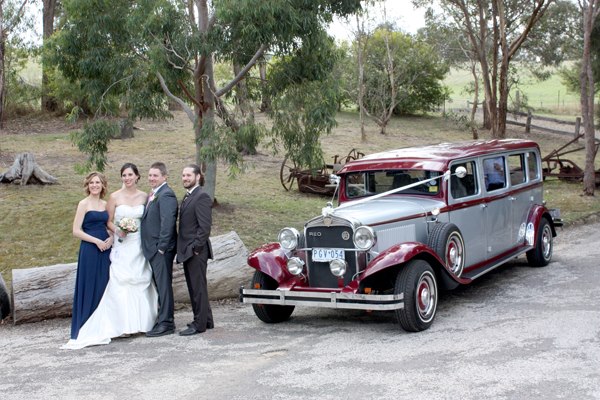
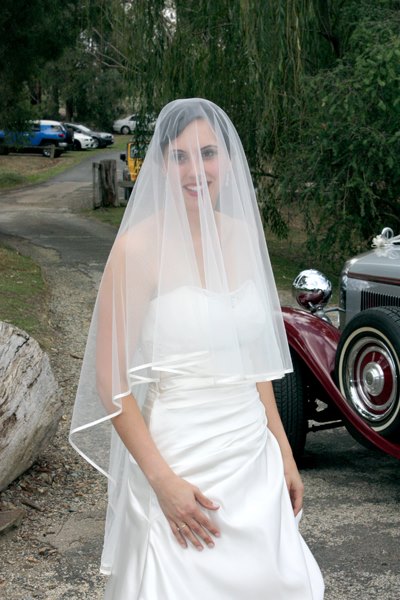
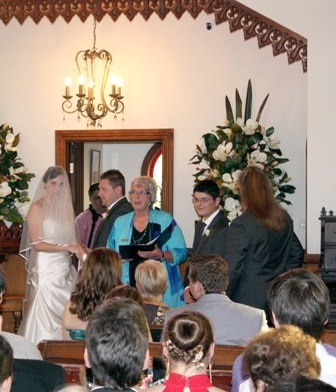

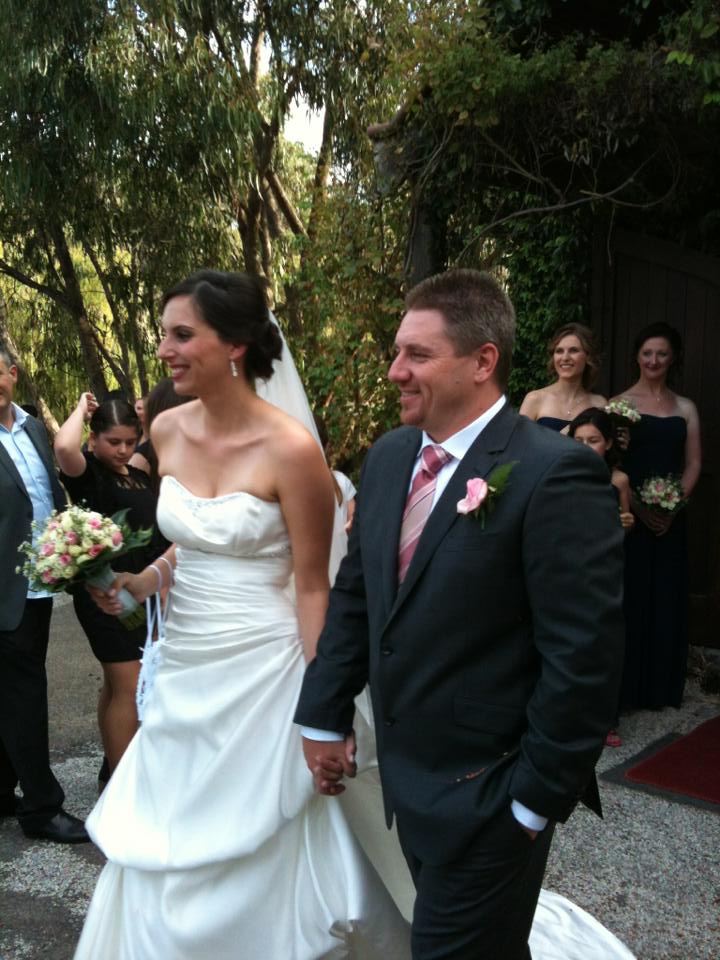
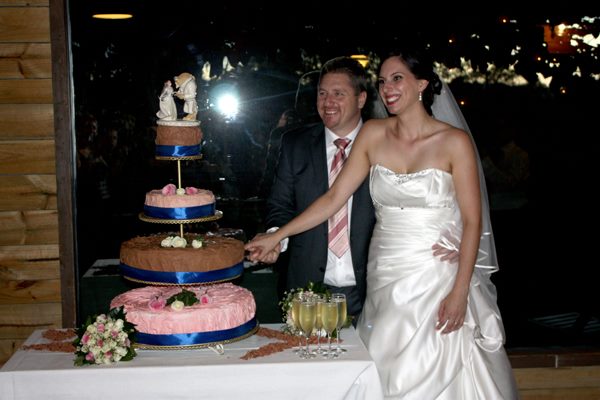
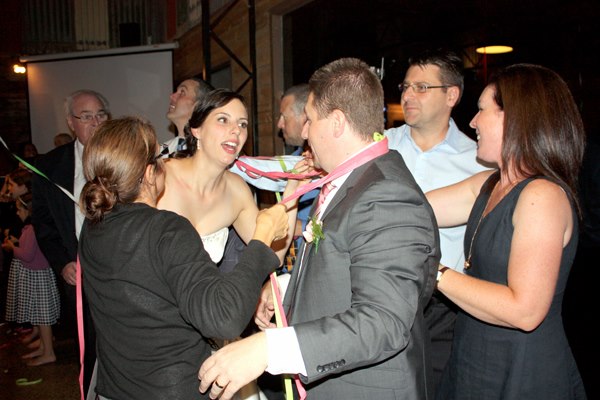
February 6, 2021 at 11:15 pm
these are some really good tips for planning a wedding in Australia. Thank you for sharing this post.
Marriage Celebrant South Perth
February 7, 2021 at 8:56 am
Hi Delwyn,
Many thanks for your comment. I visited your website and I like the idea of a bilingual wedding ceremony. It must be a wonderful job to have, to help people to experience and enjoy one of the most important and joyful days of their lives.
Have a great day.
Rob
March 1, 2014 at 1:34 pm
What a wonderful story. You have done the newly weds proud Rob and once again given those learning to speak English a marvelous insight into our ceremonies and way of life. Well done you!
March 1, 2014 at 1:49 pm
Thanks Ray for your kind comments. I enjoyed researching this one. I always thought that the words – I now pronounce you man and wife’ by the celebrant were an essential part of the ceremony. However this is not so. It’s the introductory paragraph from the celebrant, followed by the two vows by the bride and groom, which seal the marriage.
Cheers!
Rob